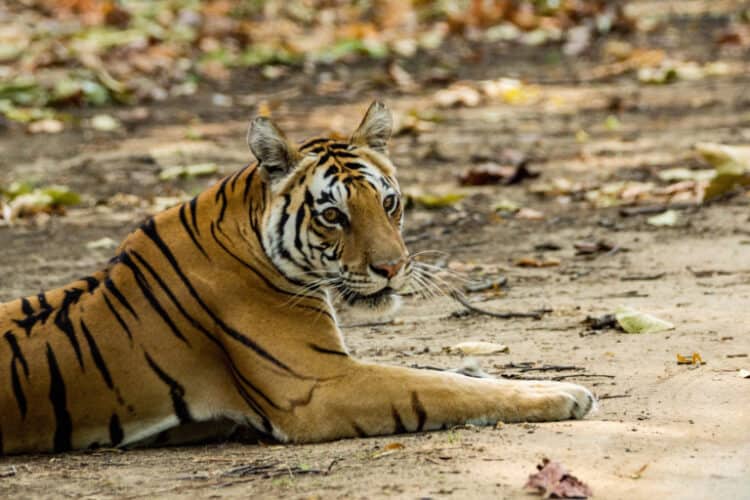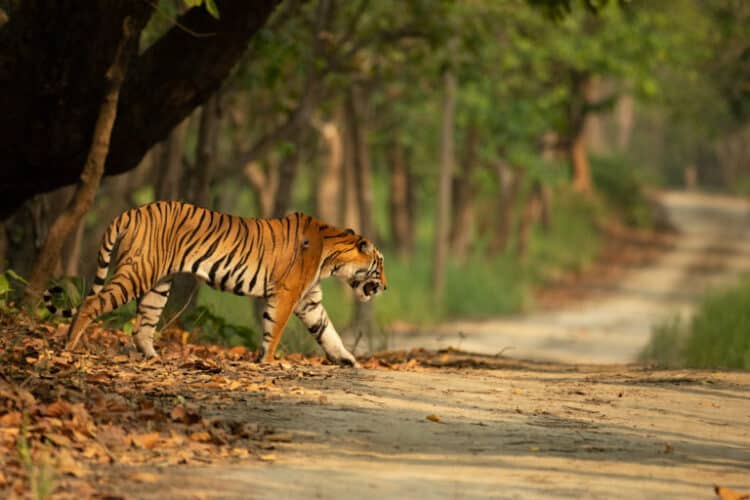KATHMANDU — On June 6, a 41-year-old woman was attacked by a tiger while she was collecting firewood in a forest in Nepal’s Bardiya district, a key habitat for endangered Bengal tigers (Panthera tigris tigris).
Following the incident, villagers from Bardiya took to the streets demanding that the government act immediately to address the problem tiger attacks. They, and some wildlife biologists, argue that the current model of trying to keep humans and tigers in different zones to prevent attacks isn’t working.
The protest soon took a violent turn as police opened fire at protesters, who according to police resorted to vandalism. An 18-year-old woman was shot and died soon after at a local hospital.
As Nepal prepares to announce that it’s close to doubling the population of tigers in habitats such as Bardiya and Chitwan national parks, communities living close to the protected areas say they are paying the price of the country’s successful conservation program.
Nepal and other 12 range countries with wild tiger populations came up in 2010 with a plan to double the population by 2022. Nepal is the only country close to hitting that target. The country which had 121 tigers in 2010, now has around 240. This Global Tiger Day, July 29, the government is expected to announce that it has achieved its goal.
But that success has come at a cost.
According to government figures, human casualties in conflicts with tigers are growing each year. This fiscal year, which ends in July, three people have reportedly been killed every month, on average, in tiger attacks.
Lead Image: A tiger that attacked and killed a Bardiya National Park elephant mahout brought to the NTNC-Central Zoo in Lalitpur, Nepal. Image courtesy of NTNC.
What you can do
Support ‘Fighting for Wildlife’ by donating as little as $1 – It only takes a minute. Thank you.
Fighting for Wildlife supports approved wildlife conservation organizations, which spend at least 80 percent of the money they raise on actual fieldwork, rather than administration and fundraising. When making a donation you can designate for which type of initiative it should be used – wildlife, oceans, forests or climate.







Leave a Reply